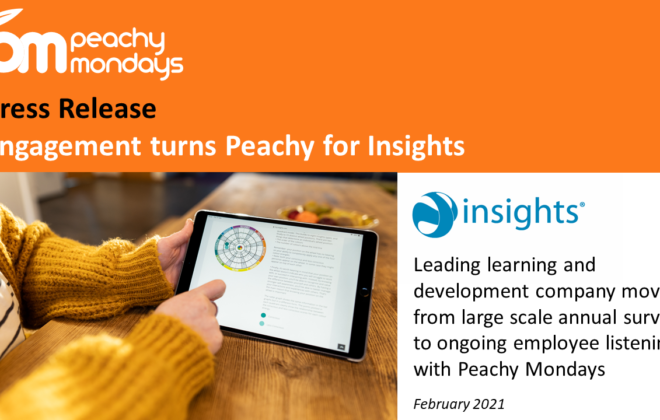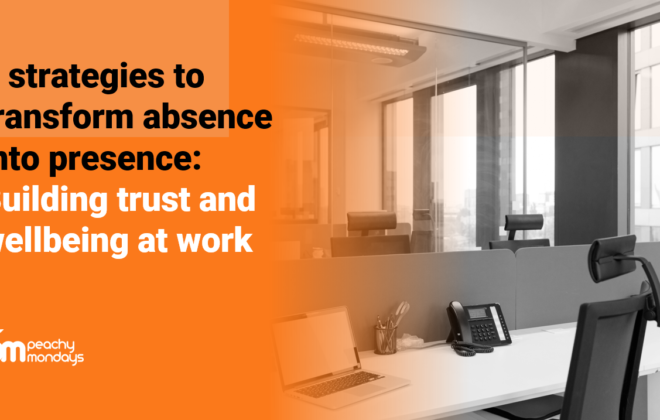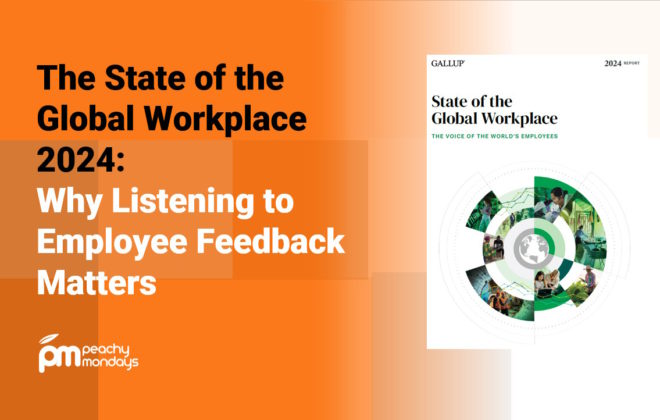Why are your joiners leaving? Five strategies to turn it around
The first days of an employee in an organisation are crucial. These initial moments can set the tone for their entire tenure. Our mission is to make these early experiences positive and engaging, with the aim of reducing unwanted turnover and enabling colleagues to quickly get up to speed.
According to the CIPD, the average turnover rate for short-term turnover (those who leave within the first year of service) was around 12% in 2022 – higher in retail and hospitality, lower in public administration. Turnover isn’t a bad thing – but high short-term turnover means you’re much less likely to get a return on your recruitment investment and it can do damage to your employer brand. How can you find out more about why your joiners are leaving?
First – calculate your short-term turnover so you have a starting point.
You can do this by dividing the number of employees who left within the first year of service by the average number of employees in that year, then multiplying by 100. For example, if a company had 100 employees at the start of the year and 120 at the end, and 15 employees left within the first year, the short-term employee turnover would be: Short-term employee turnover=(100+120)/215×100=13.6%. If new hires are heading for the exit soon after they arrive this can point to a mismatch between what they expected and what they experienced. Perhaps an overzealous hiring manager or a fancy recruitment campaign oversold the work or working environment.
Review your onboarding / offboarding surveys.
Onboarding surveys are a fantastic tool for getting almost real time feedback about the first few days/weeks. We recommend asking a few key questions at the end of the first week (face to face) and then in a confidential survey at 30 days, and the end of 90 days. This gives you an opportunity to step in and recover the employee experience if things aren’t going right. And although offboarding survey results are a bit too late to resolve things, they will often capture reasons and themes that the individual didn’t feel comfortable sharing with their manager.
Speak to your hiring managers.
They may tell you that new recruits seem less enthusiastic or committed than they would like them to be and are perhaps struggling to meet basic performance requirements. This could indicate that job roles and expectations weren’t clearly communicated during the hiring process, or that your existing colleagues have perhaps not been as welcoming or helpful as you’d like them to be
Find out what’s happening before the first day
If people aren’t applying, aren’t turning up for interviews, or are declining job offers on a regular basis, then there may be something awry in in your attraction. Have you checked out your Glassdoor or Google reviews lately? Employee and Customer reviews can have a big impact on whether potential colleagues shortlist you as a potential employer.
If your short-term turnover is higher than you’d like, here are a few strategies that might help get you and your colleagues off to a good start.
1. A Consistent ‘Employer Brand’
The employee experience starts from the moment someone considers you as a potential employer, and that covers employee (and customer) reviews, your online presence, your application process, the interview and job offer process. All these need to project a (realistic) experience of working at your company, and if any part of that feels disjointed or inconsistent, then it plants little seeds of doubt about the consistency of the experience after someone has signed on the dotted line.
We’d recommend mapping out this journey and reimagining with the candidate in mind – what works, what doesn’t, and what could be a ‘wow’ moment for your brand?
This also includes having clear, jargon-free job descriptions – something which is beneficial for all colleagues and is more inclusive. Job ads and descriptions should be transparent and to the point. Avoid overused buzzwords and corporate jargon. Be honest about what the role entails. This clarity helps attract candidates who are a better fit for the role and the company culture.
2. Making the Most of Employee Referrals
Your best allies are your current employees. We trust the opinions of people like us, and so when an existing colleague says, ‘come and work here, you’ll love it’, we’re inclined to believe it.
Encourage your team to bring in people they believe will thrive in your environment. It’s not just about filling positions; it’s about building a community at work. Employee referrals often lead to hires who already resonate with your company’s culture and values. It’s also the most cost-effective way of recruiting people, which gives you the opportunity to pass that saving on as a referral bonus.
Some organisations offer these referral bonuses once a new recruit has passed their probation or 6-month marker, which provides extra incentive for colleagues to make the joining experience a good one!
But make sure you’re balancing this with other recruitment techniques – if we recruit too many ‘people like us’ it can damage diversity, inclusion, creativity and innovation.
3. Nailing the First Day Basics
First impressions matter. A smooth onboarding process is key. Think beyond paperwork; help new hires feel welcome and connected. Introduce them to their team, give a tour, and ensure they have everything they need to start working effectively.
So often, the first day seems to be sitting at a PC reading the company manuals whilst waiting for corporate passes and log-ins and sometimes that’s necessary for security reasons, but a first day can be so much more. Take a look at your team calendars and determine together when a great day would be for someone to join – maybe when you’re all in the office, you have a team day planning, or where you’ve really got the time to show someone around.
Why not make it personal and do onboarding interviews on that first day? Spend a bit of time with new colleagues getting to know them and what a great place to work looks like for them. In this way you’ll be setting the scene for continuous feedback and improvement from day 1. Capture and record their feedback to get valuable insights about employee engagement over the whole employee lifecycle.
4. Fostering Continuous Feedback and Support
Create an environment where feedback is continuous and constructive. Regular check-ins and support can help new employees adjust more quickly and feel more engaged. What ‘regular’ means can be tailored to each person – they may be weekly at the beginning but become monthly as the individual gains experience and confidence in their role.
It would be great to start this by giving some feedback from the selection stages. What impressed you about the candidate? Where might they have a learning curve? What strengths would you really like them to demonstrate in the job? How do you build any development areas into their induction and ongoing learning plan? It’s surprising how often feedback from selection just gets filed away by the interviewer and never sees the light of day again.
5. Building a Positive Workplace Culture by Involving your Team:
A positive workplace culture can do wonders. From day one, new hires should feel that they’re part of something meaningful. Encourage open communication, collaboration, and a sense of belonging.
This begins with the team they’re joining. Pairing someone up with a Buddy from day one can be a great start – this is someone they can ask any question of, who will show them the ropes, and where to get the best coffee. Rotating that Buddy each week can be a great way for the whole team to be involved in induction and for people to get to know each other better.
This is especially important in virtual environments. When you join a new team, it’s unlikely you’ll feel completely comfortable raising questions in virtual meeting environments. You want to understand how the team works first. If there are limited opportunities for face-to-face casual conversations, and ‘watercooler’ moments then you’ll have to deliberately create these in virtual spaces. These provide the opportunity for new starts to ask the awkward questions in a less formal environment.
In summary…
As HR professionals and line managers, our role in shaping a positive and productive employee experience in the first few weeks is crucial. By focusing on these strategies, we can make a tangible difference in reducing unwanted turnover, enhancing the overall health of our organisations, and helping people have a good day at work from day one.
Related Posts
Categories
- Case Study (13)
- Change and transformation (21)
- Connectedness (4)
- Culture (17)
- Design (10)
- Diversity and Inclusion (1)
- Effectiveness (16)
- Employee engagement (60)
- Employee experience (43)
- Employee Feedback (51)
- Employee Wellbeing (1)
- Events (10)
- Financial Wellbeing (1)
- Happiness (4)
- Internal Communications (10)
- News (24)
- Onboarding (1)
- Organisational Effectiveness (18)
- Uncategorized (3)




